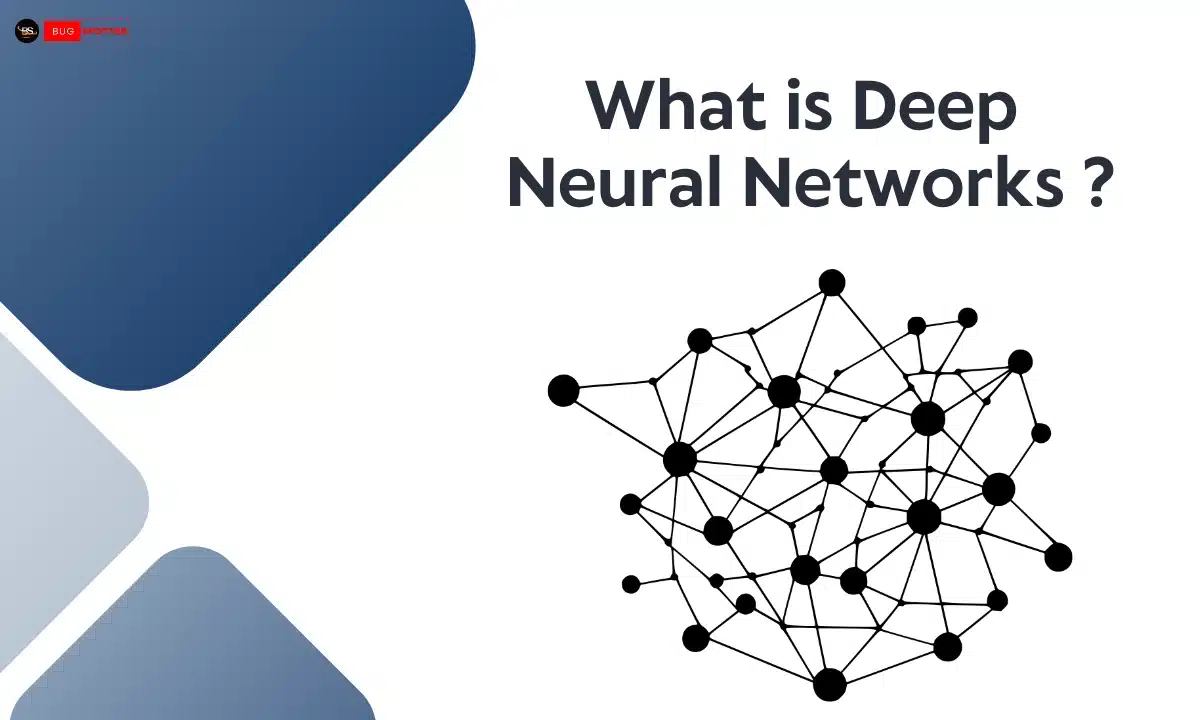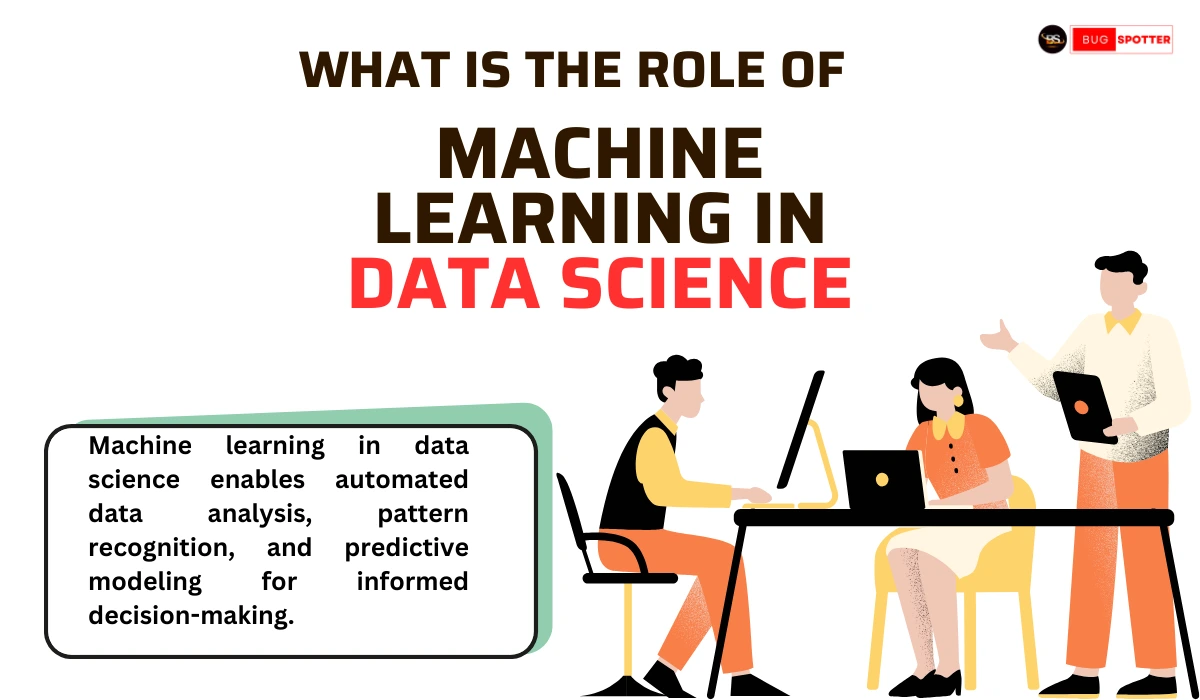Capgemini interview questions for Data Engineers
Table of Contents
Capgemini interview questions for Data Engineers
1. What are the key responsibilities of a data engineer?
A data engineer is responsible for designing, building, and maintaining data pipelines. They ensure the data is clean, reliable, and accessible for data scientists and analysts. This involves tasks such as data ingestion, ETL (Extract, Transform, Load) processes, and optimizing data storage solutions.
2. How do you ensure data quality in the pipelines you build?
To ensure data quality, I implement data validation rules at various points in the pipeline. I use schema checks, ensure data type integrity, and remove duplicates. Additionally, monitoring systems are set up to catch anomalies in real time. Testing data at ingestion and implementing error-handling strategies are also critical.
3. Can you explain the difference between ETL and ELT processes?
In ETL (Extract, Transform, Load), data is extracted from source systems, transformed into a usable format, and then loaded into the data warehouse. In ELT (Extract, Load, Transform), raw data is loaded into the storage first and transformed later, usually using the computing power of the data warehouse.
4. How do you handle large-scale data processing?
For large-scale data processing, I rely on distributed computing frameworks like Apache Spark or Hadoop. These frameworks can process data in parallel across multiple nodes, which improves efficiency and speed. I also ensure the system scales horizontally by adding more nodes when necessary.
5. What tools or platforms have you used for big data processing?
I've used platforms like Apache Spark, Apache Hadoop, and Kafka for distributed data processing. For data warehousing, I've worked with Amazon Redshift, Google BigQuery, and Snowflake. On the ETL side, tools like Apache NiFi and Airflow help orchestrate data workflows.
6. How would you optimize a slow-performing query?
I would begin by analyzing the query execution plan to identify bottlenecks, such as missing indexes, inefficient joins, or large table scans. I would optimize the query by adding indexes, reducing data volume via partitioning, or rewriting the query to use more efficient algorithms.
7. Can you describe a time when you had to migrate a data pipeline from one platform to another?
I migrated a data pipeline from an on-premises Hadoop system to AWS Glue and Redshift. The migration involved rewriting ETL scripts for the cloud environment and ensuring compatibility with the new data storage format. We used automated tests to ensure that the migrated pipeline maintained data integrity.
8. What is the importance of data normalization in database design?
Data normalization helps reduce redundancy and improve data integrity. By organizing data into related tables and eliminating duplicates, you make it easier to maintain consistency across the dataset. This also ensures efficient storage and improves query performance.
9. How do you ensure data security and privacy when handling sensitive information?
I implement encryption for data at rest and in transit. Access control mechanisms are applied to limit user permissions based on roles. Additionally, I anonymize or mask sensitive data like PII (Personally Identifiable Information) during processing. Compliance with regulations such as GDPR is also critical.
10. What is the role of Apache Kafka in data engineering?
Apache Kafka is used as a distributed streaming platform that handles real-time data pipelines. It allows you to publish and subscribe to streams of records, store them durably, and process them in real-time. It's highly scalable and reliable for event-driven architectures.
11. How would you design a data warehouse for a retail company?
I would first identify the business requirements, including metrics like sales, customer behavior, and inventory levels. I'd create a star schema or snowflake schema for the warehouse, with fact tables storing transactional data and dimension tables storing information like product categories, customer details, etc. I would use a cloud platform for scalability.
12. What are some common challenges faced while dealing with unstructured data?
Handling unstructured data like text, images, or video can be challenging because traditional relational databases are not well-suited for such data. Parsing, transforming, and storing it in a scalable format is complex. Tools like Elasticsearch or Hadoop, combined with proper indexing and metadata tagging, are often used to manage it.
13. How do you monitor and maintain data pipelines in production?
I use monitoring tools like Apache Airflow or AWS CloudWatch to track the status of data pipelines. Alerts are set up for any pipeline failures or delays. I also perform regular audits, check logs for anomalies, and implement retries for failed jobs to ensure data pipelines run smoothly.
14. Explain the concept of a data lake and its benefits.
A data lake is a centralized repository that stores large amounts of raw, unprocessed data in its native format. The benefit of a data lake is that it allows for storing both structured and unstructured data and is highly scalable. It's useful for performing big data analytics and machine learning but requires proper governance to avoid becoming a "data swamp."
15. What is the significance of partitioning in distributed systems like Hadoop or Spark?
Partitioning breaks up large datasets into smaller chunks, allowing distributed systems like Hadoop or Spark to process data in parallel across multiple nodes. This increases processing speed and ensures efficient resource utilization. Proper partitioning also improves query performance.
16. How do you handle schema evolution in data pipelines?
To handle schema evolution, I use tools like Apache Avro or Parquet, which support backward and forward compatibility. I also implement schema versioning and maintain a schema registry, allowing different versions of the data to coexist in the pipeline without causing compatibility issues.
17. Can you explain what Apache Spark is and how it is used in big data?
Apache Spark is an open-source distributed computing system used for large-scale data processing. It can handle batch and stream processing and is known for its speed due to in-memory processing. Spark supports various programming languages like Python, Java, and Scala, and integrates with Hadoop.
18. How do you ensure scalability and performance in a distributed database?
Scalability and performance in distributed databases can be achieved through techniques like partitioning, sharding, and replication. Ensuring that nodes can be added without downtime (horizontal scaling) and using optimized query engines like Presto also help with scalability.
19. What are your preferred tools for data transformation and why?
I prefer Apache Airflow for orchestrating ETL workflows, along with Pandas for smaller datasets, and Spark for larger ones. Tools like dbt (data build tool) provide SQL-based transformation in modern data warehouses. Each of these tools is flexible, scalable, and well-suited to different aspects of data transformation.
20. How do you handle real-time data processing?
I use tools like Apache Kafka and Apache Flink for real-time data processing. Kafka handles event streaming, while Flink processes the data in real-time. These tools allow for processing data as it flows, ensuring low-latency responses and near real-time analytics.
21. Can you explain the differences between relational and NoSQL databases?
Relational databases store structured data in tables with predefined schemas, while NoSQL databases can handle unstructured or semi-structured data and are more flexible in terms of schema design. Relational databases use SQL for queries, while NoSQL databases often use a variety of query languages.
22. What are the benefits of using cloud-based data platforms such as AWS or Azure?
Cloud platforms offer scalability, flexibility, and cost-effectiveness. They allow on-demand resource allocation, pay-as-you-go pricing, and ease of scaling. Additionally, cloud platforms come with integrated security, backup, and data analytics tools, which reduce infrastructure management overhead.
23. How would you handle an instance where data from different sources is inconsistent?
I would first identify the source of inconsistency by analyzing the data lineage. Data validation rules would be implemented at each data entry point to ensure consistency. For existing inconsistencies, data cleaning techniques such as deduplication, imputation, or reconciling data based on priority rules are applied.
24. Explain how you would design a machine learning pipeline for a predictive model.
I would design a pipeline that starts with data ingestion, followed by data cleaning and feature engineering. The cleaned data is then split into training and testing datasets. The model is trained using machine learning algorithms, validated with testing data, and then deployed. Monitoring and continuous retraining ensure the model remains accurate over time.
25. What strategies do you use to debug and troubleshoot issues in data pipelines?
I rely on logging and monitoring to identify where the problem occurs in the pipeline. Tools like Apache Airflow provide detailed logs. I also use version control systems to track code changes and data lineage to trace the flow of data. Additionally, implementing unit tests at key stages of the pipeline helps catch errors early.
#Capgemini Data Engineer Interview Questions #Capgemini Interview Questions and Answers #Capgemini Technical Interview Questions #Capgemini Data Engineering Interview Prep #Top Capgemini Interview Questions for Data Engineers #Capgemini Data Engineer Interview Guide #Capgemini Data Engineer Technical Questions #Capgemini Interview Tips for Data Engineers #Common Capgemini Interview Questions #Capgemini Data Engineer Interview Process











